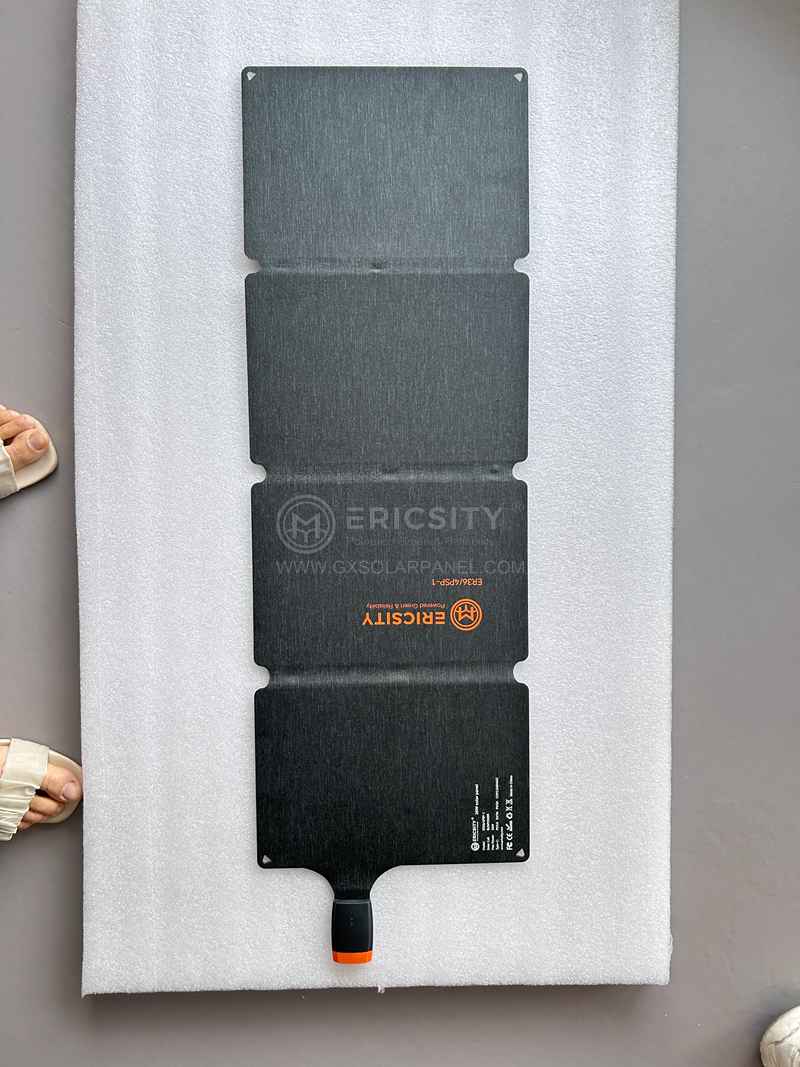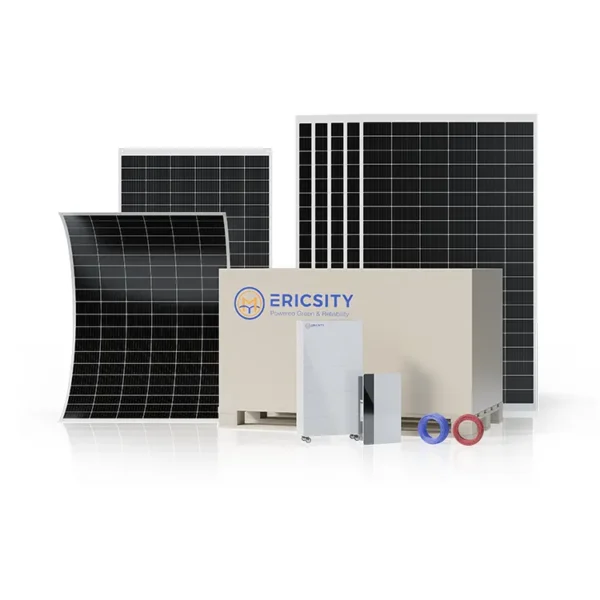HOT PRODUCT
Product Details
semi-flexible Solar Panels: A Bright Future For Sustainable Tourism
Title: Semi-Flexible Solar Panels: A Bright Future For Sustainable Tourism
Introduction
As the world moves towards a more sustainable future, the importance of renewable energy sources cannot be overstated. Among them, solar energy has gained significant attention due to its ability to harness the power of the sun, offering a clean, abundant, and renewable source of electricity. In recent years, technological advances have enabled the development of semi-flexible solar panels, presenting an exciting prospect for the tourism industry to embrace sustainable practices. This article explores the potential of semi-flexible solar panels and their role in shaping a brighter future for sustainable tourism.
The Advantages of Semi-Flexible Solar Panels

Semi-flexible solar panels, also known as thin-film solar panels, have distinct advantages over traditional rigid solar panels. Firstly, their flexibility allows for easy integration into various surfaces, such as roofs, vehicle roofs, backpacks, or even clothing. This opens up a wide range of possibilities for the tourism industry to incorporate solar panels seamlessly into their infrastructure, enabling eco-friendly operations and reducing energy costs.
Furthermore, semi-flexible solar panels are lighter and less fragile compared to their rigid counterparts. This quality makes them ideal for mobile applications, such as electric bikes, caravans, and boats, allowing tourists to embrace solar power while on the move. Additionally, their lightweight nature reduces the transportation costs and environmental impact associated with their installation, further contributing to sustainable tourism practices.
Applications in Sustainable Tourism
Hotels and Accommodation: With almost every tourist destination having numerous hotels and accommodation options, integrating semi-flexible solar panels into their roof systems can significantly reduce energy consumption, lower utility costs, and minimize carbon footprints. By using solar energy to power lighting, heating, and water systems, hotels can operate more sustainably and offer eco-friendly experiences to their guests.

Transportation: Transportation plays a crucial role in the tourism industry and is often a major source of pollution. By installing semi-flexible solar panels on vehicles such as buses, shuttles, and taxis, tourism operators can reduce their greenhouse gas emissions and promote more environmentally friendly transportation options. Moreover, tourists can charge their electric vehicles using solar power, further reducing their carbon footprint while exploring new destinations.
Recreational Activities: Adventure sports and outdoor activities are integral parts of the tourism experience. Semi-flexible solar panels can be used to power equipment such as LED lighting for night hikes or camping trips, charging stations for electronic devices, and even portable water purification systems. These applications not only provide convenience but also allow tourists to connect with nature while minimizing their impact on the environment.
Local Communities: Sustainable tourism is about fostering positive relationships with local communities and preserving their cultural and natural heritage. Semi-flexible solar panels can bring renewable energy solutions to remote areas, enabling communities to access electricity for basic needs, lighting, and communication. This not only enhances their quality of life but also promotes sustainable tourism by supporting local economies and reducing reliance on fossil fuels.
Conclusion
Semi-flexible solar panels offer an exciting opportunity for the tourism industry to embrace sustainability fully. Their flexibility, light weight, and easy integration into various surfaces make them a versatile choice for environmentally conscious businesses. From hotels to transportation and recreational activities, semi-flexible solar panels can revolutionize the way tourists experience destinations, minimizing their carbon footprint and creating a more sustainable and responsible tourism industry. By harnessing the power of the sun, we can pave the way for a brighter future for sustainable tourism.




